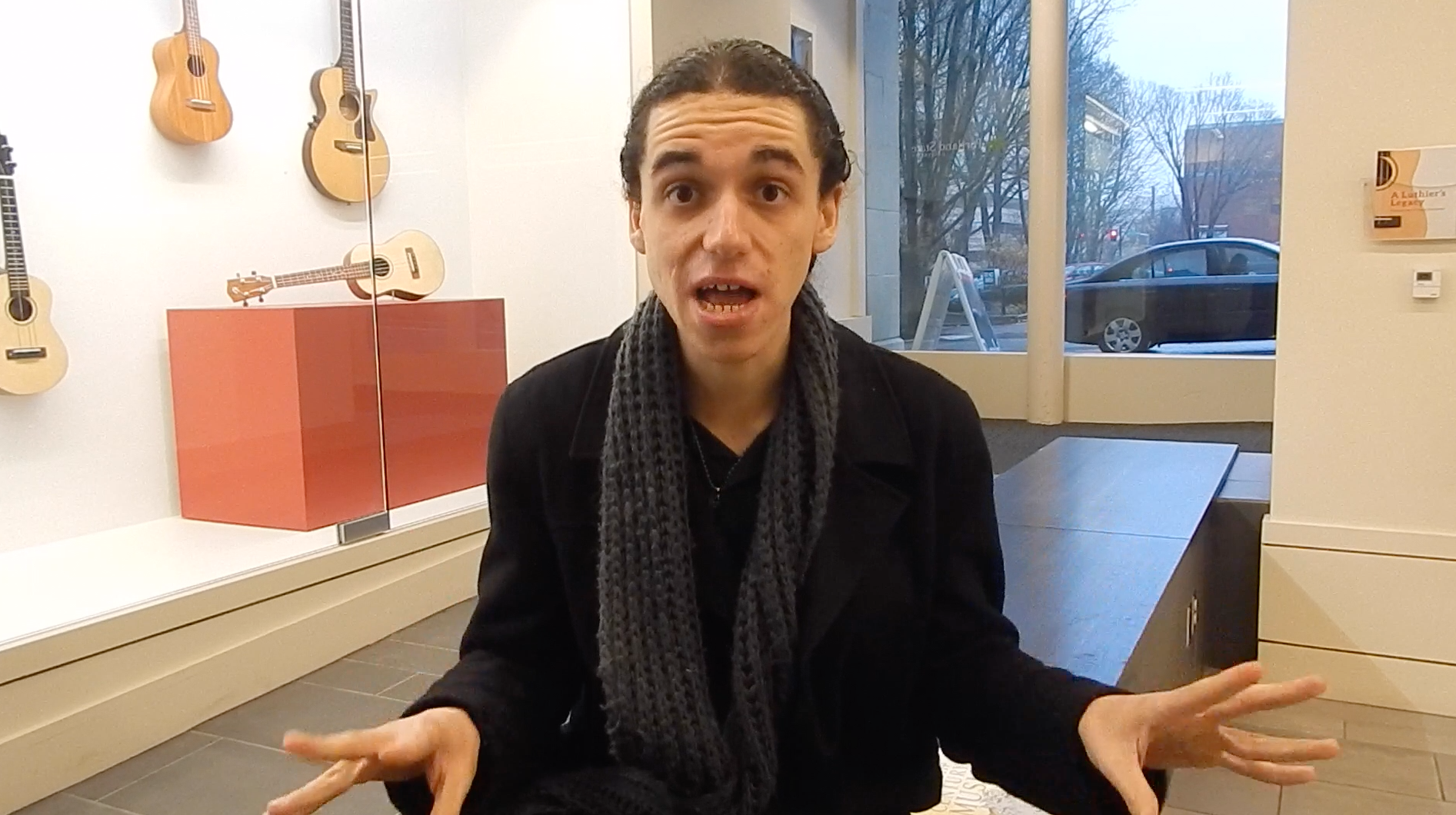I know I need not even mention, but Portland does things different from many other places.
Dancing at the gym
I know I need not even mention, but Portland does things different from many other places. Our abundance of strip clubs, our bicycle culture, our gay mayor, our awesome farmers’ markets, our environmental friendliness…we’re a very “alternative” and, dare I say, “hip” little city. So, it’s no surprise that Portland State’s campus recreational center offers the most unique and “alternative” group class I’ve yet to come across in the past eight years: Nia.
What is Nia exactly? Well, the NiaNow website has the following to say about the class: “Nia is a sensory-based movement lifestyle that leads to health, wellness and fitness. It empowers people of all shapes and sizes by connecting the body, mind, emotions and spirit…Trainings are designed for those seeking personal enrichment and professional development…Nia draws from disciplines of the martial arts, dance arts and healing arts.”
I won’t lie; my first reaction to this was that it sounded all well and good, but a bit kooky. As I mentioned in one of my recent articles, though, it is important for us to break out of our mold from time to time when it comes to our fitness routines. I can’t think of anything more out of the ordinary for me than Nia.
Different or not, when I spoke with campus rec’s Nia instructor, Konane Mookini, it was hard not to get genuinely intrigued and eager to try some of the Nia movements. She spoke with such passion and enthusiasm for the class that I was practically forced to let go of much of my initial skepticism. She is sincerely the most spirited fitness professional I’ve ever met, and her good mood is infectious.
Konane explained that Nia is different from what most consider regular forms of exercise. Not only does it include dance and martial arts, but it also directly seeks to improve emotional well-being along with the physical. Nia participants are encouraged to carry the joy they get out of the class into their daily lives, to call upon this energy when they’re feeling down. PSU Nia particpant, Judith, confirms: “I wish I’d begun earlier! What a great way to get a cardio boost. It doesn’t feel like exercise—there’s music and there’s dance. I’m not stressing out my body, I’m just exploring how it wants to move. I feel joy and peacefulness at the end of every class.”
My own Nia experience, though brief, reflected Judith’s to an extent. Though I was initially shy, once Konane got me into the groove I found myself with a grin on my face and even some sweat on my brow. I was having fun dancing and throwing some karate-style punches. I was exercising, but it sure didn’t feel like it. I was moving my body through new ranges of motions that I don’t experience with more conventional forms of exercise.
Judith tells me that regular Nia participation “builds strength and flexibility in pretty much every muscle and joint in the body…I’ve noticed the benefits of each movement style…I can now move in ways I couldn’t when I was 30 or 40 and maybe not even when I was 20.”
Obviously, Judith thinks we should all attend Nia class. My final verdict? Nia may or may not be everyone’s cup of tea, but one can never be certain until they try. Don’t be so quick to write off alternative means of exercise—as I have in the past—simply because their philosophy sounds foreign. If we stay in our own little training worlds, we risk missing out on fun, unique experiences and wonderful company. ?



